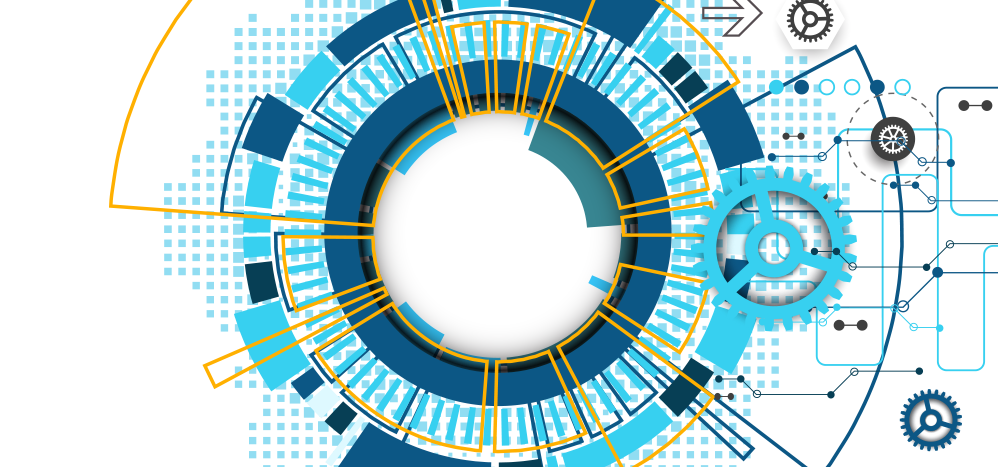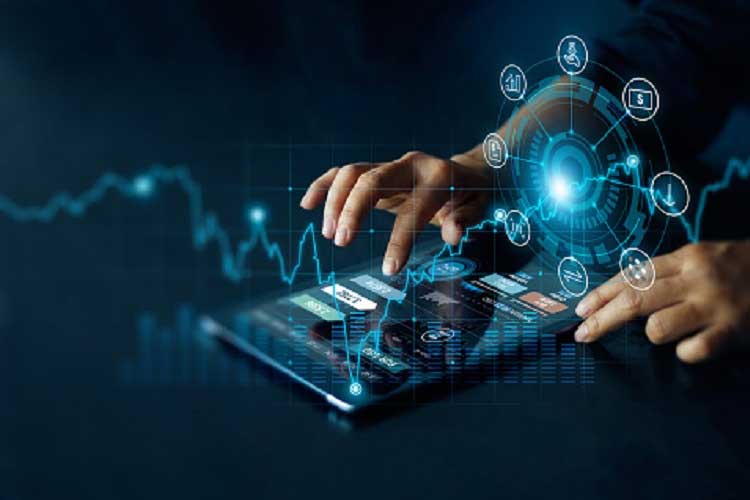Digital Technology: Definition, Development, Advantages and Disadvantages – Digital technology has become part of our daily lives. The various devices that we use in our daily lives cannot be separated from digital technology, so it can almost be said that this has become part of human civilization itself.
The development of digital technology itself is considered very rapid and in almost all sectors. This is directly proportional to the use of digital technology itself, where various matters and needs of our lives are carried out by applying this technology.
Confused about finding the best credit card? Be careful and have a solution!
Understanding Digital Technology
Digital technology is a tool that does not use manual human power, where this tool uses an automatic operating system, namely by using a computerized system and a format that can be read by a computer.
Based on the definition of digital technology above, it can be concluded that digital technology itself is just a calculating system that works very quickly to process all forms of information in the form of numerical values (digital codes).
Meanwhile, digital communication technology is a technology that uses computer electrical signals where these signals are discontinuous and use a binary number system. This binary number will form the digital code itself.
These digital codes are then processed by a computer. For example, an image taken using a video camera has undergone a change from light wave form to digital form in the form of pixels.
Differences between Digital and Analog Technology
The development of digital technology has certainly changed many things that were previously analog and only had limited use. Digital technology is a calculating system that works very quickly to process all forms of information in the form of numerical values (digital codes).
Based on this understanding of digital technology, it can be concluded that this process will require sensors that can convert various real information into digital code. For example, the process that occurs in a digital camera.
The digital codes sent by the sensors will be processed by the computer/microprocessor contained in each digital device itself. The results of processing this digital data will be displayed in the form of information on the digital equipment screen.
Meanwhile, analog technology is a simple tool that uses certain programs with minimal settings that are already available, such as those found in analog computers. Analog computers are measuring instruments that are generally used on various machines to provide automatic information and control.
Analog technology itself has weaknesses, where this technology is not capable of making accurate measurements and will require a long time to process information. For example, ordinary/analog telephones that do not yet use digital/internet systems.
This analog technology can be categorized as a transition technology from mechanical technology to digital technology. Meanwhile, mechanical technology is technology that prioritizes various mechanical/manual systems.
If you look at the explanation above, of course mechanical technology will not require a computer/microprocessor in its settings and operation, because this technology already uses a structured mechanical system.
However, the mechanical system also has its own advantages, where the arrangement of this system is quite limited and only consists of a number of mechanical parts that require special maintenance.
Development of Digital Technology
Digital technology is a calculating system that works very quickly to process all forms of information in the form of numerical values (digital codes). Based on the definition of digital technology, it can be ascertained that this technology requires a long process in its development.
Broadly speaking, the development of digital technology can be divided into 3, namely:
- 1940 began with the birth of the computer.
- 1989 was the birth year of the internet or World Wide Web (WWW).
- 1997 was the birth year of social media and this continued with the widespread use of this technology from the 2000s.
Digital technology is a technology that emerged at the end of the 70s and this also marked the birth of the technological revolution itself. This digital term is an antonym for the term analog which has been popular among the wider community for a long time.
Based on the definition of digital technology itself, it can be said that this technology is a form of development of analog technology, although this is different from one another. In digital technology, there is no storage of data or information in the form of images and sounds.
Data storage itself is the process of storing data on a computer or other media, such as CDs, hard disks, flash disks and others, where the aim is to safeguard the data, so that it can be opened or used again in the future.
Meanwhile, digital technology is technology that processes various forms of information as numerical values, so that the information can be read by computers. This will of course be in accordance with the definition of digital technology itself.
For example, using a cell phone, where the information/digits sent to the call recipient at a location will use radio waves. The recipient’s telephone also converts the numbers it receives into sound that can be heard by the recipient.
In general, the development of digital technology has brought many changes to the world of technology itself. This also has many impacts on our lives, which recently have become increasingly difficult to separate from various digital technologies.
Advantages and Disadvantages of Digital Technology
Almost the same as other fields, digital technology also certainly has many advantages which in the end can be used to produce something even better. However, on the other hand, this technology is also not free from various shortcomings.
The following are some of the advantages and disadvantages of digital technology:
Link Terkait :


